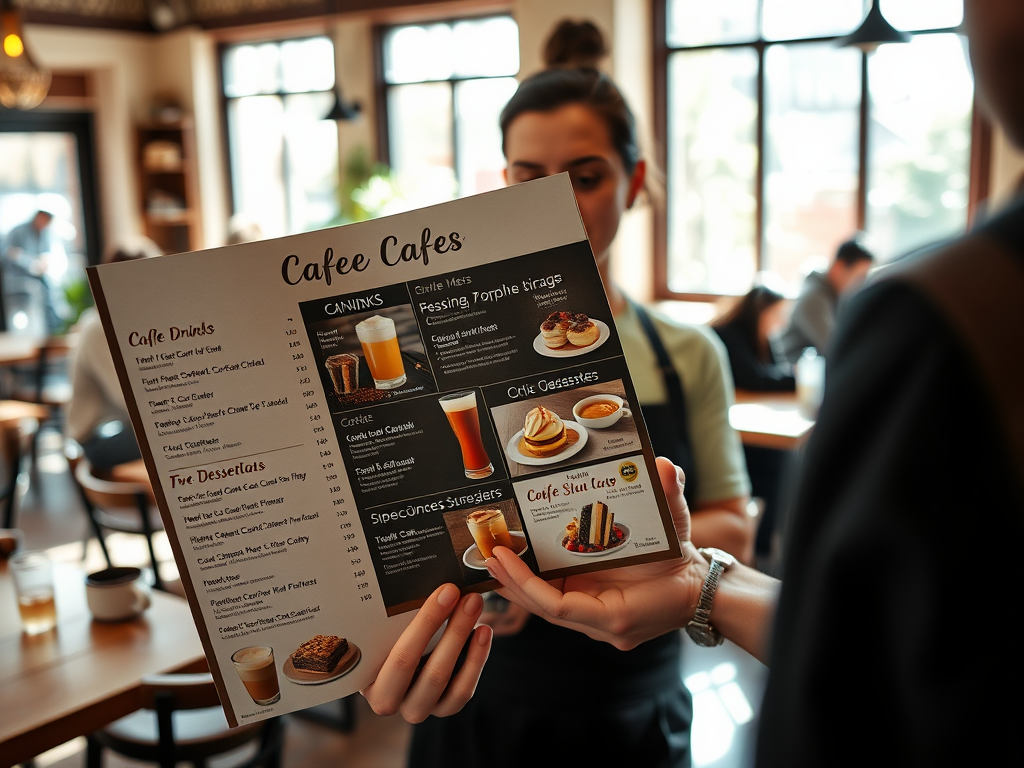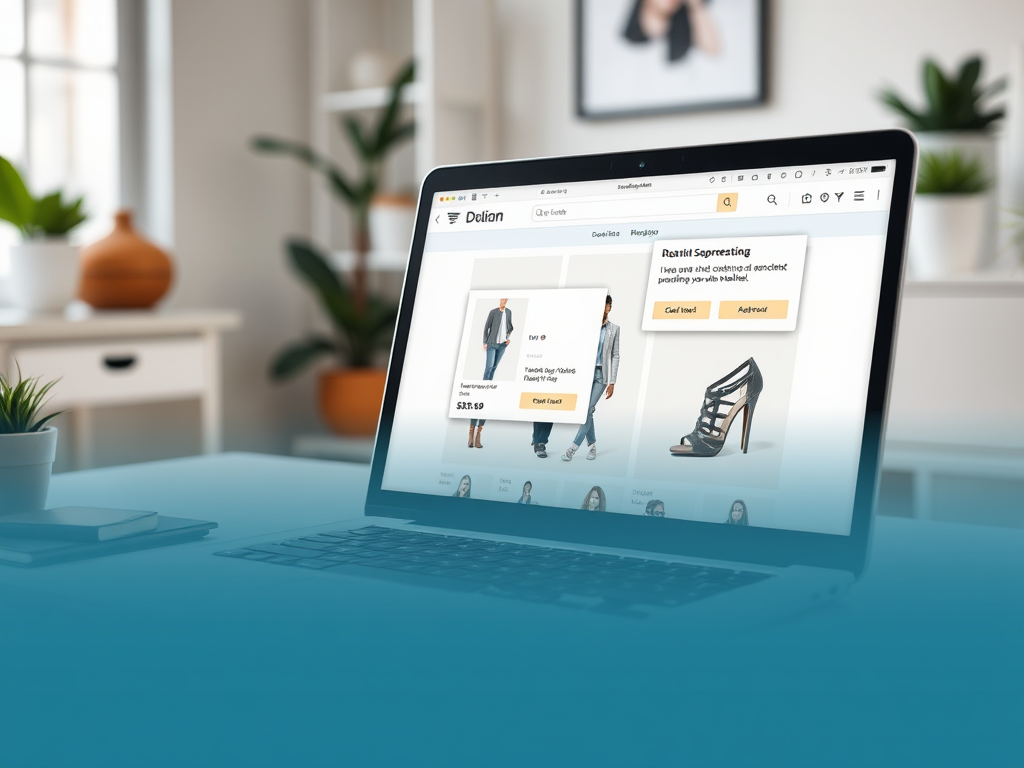In the competitive landscape of modern business, mastering the art of upselling and cross-selling can set a company apart from its competitors. These two sales techniques are not just tools for increasing revenue; they are integral to building a relationship with customers that extends beyond a singular transaction. When customers feel that their needs are anticipated and catered to, they’re more likely to return for additional purchases and recommend your business to others. This article delves deeply into the definitions, benefits, and best practices of upselling and cross-selling, aiming to equip you with the knowledge necessary to elevate your sales strategy. The skills you develop in this area are not merely tactical—you’ll also enhance your brand’s image and create lasting customer loyalty. Understanding what makes a compelling upsell or cross-sell can help create a shopping experience that is both enjoyable and profitable.
Understanding Upselling and Cross-Selling

Upselling and cross-selling are pivotal strategies that can significantly influence a customer’s purchasing decision. Let’s break down these terms to gain clarity. Upselling involves guiding the customer toward a more expensive product or an upgraded version of their initial choice, often showcasing the additional features or benefits that enhance their experience. For example, a customer might arrive looking for a basic phone, but a skilled sales representative can highlight the advantages of a premium model, leading the customer to choose an upgrade. On the other hand, cross-selling recommends additional products that enhance or complement the primary purchase. Imagine a customer buying a camera; a sales assistant might suggest a memory card or a protective case, thereby increasing the overall sale value. Both techniques not only amplify sales figures but also elevate the customer experience when implemented thoughtfully.
What is Upselling?
In essence, upselling aims to persuade the customer to spend more than they originally intended. This technique is especially effective when customers are already interested in a product. For instance, a restaurant might suggest a premium dessert or an upgraded drink to pair with the meal. The key lies in effectively communicating the value of the upgrade. Highlighting unique features, quality enhancements, or exclusive benefits can persuade potential buyers to consider a higher-priced option. It’s essential to ensure that the upsell aligns with the customer’s needs and enhances their overall experience. By doing so, customers often feel more satisfied with their choices, and businesses reap the rewards of increased revenue.
What is Cross-Selling?
Cross-selling, in contrast, is more about expanding the customer’s purchase rather than upgrading it. It’s about leveraging customer interest in a core product to suggest additional items that complement or enhance the initial purchase. A classic example is when a customer buys a laptop; sellers often recommend a mouse, protective case, or software subscriptions afterward. This method works effectively in various industries, including e-commerce, retail, and services. The success of cross-selling lies in understanding customer behavior and tailoring recommendations that seem natural and beneficial. To achieve the desired results, businesses must focus on value addition instead of sheer sales tactics, leading to satisfied customers and improved sales metrics.
The Benefits of Upselling and Cross-Selling

Integrating upselling and cross-selling into your sales strategy offers numerous benefits that can reshape the customer relationship. The first significant advantage is increased revenue. By encouraging customers to enhance their purchases or buy related items, businesses can substantially improve their bottom line without needing extensive marketing efforts. Moreover, these strategies can lead to a better customer experience. When customers receive tailored recommendations, it makes them feel valued and understood, fostering loyalty. By spending more time with customers and understanding their preferences, businesses can enhance their offerings and build long-lasting relationships. Finally, improved customer retention can transform sales. Happy customers are more likely to return, making it essential to focus on creating delightful shopping experiences.
| Benefit | Description |
|---|---|
| Increased Revenue | Boosts sales through enhanced purchase options and complementary products. |
| Enhanced Customer Experience | Tailored recommendations make customers feel valued and improve satisfaction. |
| Higher Customer Retention | Satisfied customers are more likely to return and make additional purchases. |
Best Practices for Effective Upselling and Cross-Selling
To successfully incorporate upselling and cross-selling into your sales approach, several best practices should be acknowledged and implemented. One critical factor is to know your customer. By utilizing customer relationship management (CRM) tools, you can gather data on customer preferences, buying habits, and history, allowing for more personalized recommendations. Another essential point is that timing is key. Introducing these suggestions at strategic moments—such as during the checkout process or after a purchase confirmation—can significantly increase the chances that customers will take advantage of upsell or cross-sell opportunities.
Furthermore, clarity in communication is vital. Always highlight the clear benefits of any suggested products, framing them as solutions to potential problems or enhancements to the customer’s experience. Training your staff thoroughly on effective upselling and cross-selling techniques is also crucial; their comfort and skill in making personalized suggestions can impact overall success. Lastly, leveraging technology to automate recommendations can take the pressure off staff while ensuring that customers receive pertinent suggestions based on their behaviors.
Conclusion
In conclusion, mastering the art of upselling and cross-selling is a journey that significantly impacts a business’s long-term success. Both techniques, when executed with attention to the customer experience, lead to increased revenue, customer satisfaction, and loyalty. By employing best practices that include understanding customer preferences, choosing the right timing, and enhancing communication, companies can cultivate a more enriching shopping experience for their clientele. This approach not only drives sales but fosters a deeper connection with customers—ensuring they view your business as a trusted source for fulfilling their needs. Develop and refine these strategies to transform them into an essential component of your business model.
Frequently Asked Questions
- What’s the difference between upselling and cross-selling? Upselling involves convincing a customer to purchase a higher-end product, while cross-selling suggests additional items that complement the primary purchase.
- Are upselling and cross-selling applicable in all industries? Yes, while commonly used in retail and e-commerce, upselling and cross-selling can be effective in various industries, including hospitality, software, and automotive sales.
- How can I train my staff to effectively upsell and cross-sell? Provide detailed training that includes role-playing scenarios, product knowledge, and techniques for reading customer signals.
- What metrics should I track to measure the success of these strategies? Key metrics include average order value, conversion rates, and customer retention rates, which can help gauge the effectiveness of upselling and cross-selling efforts.
- Can upselling and cross-selling backfire? Yes, if done improperly or excessively, it can annoy customers. It’s crucial to strike a balance and focus on customer needs.